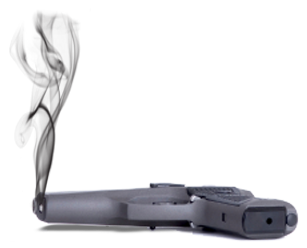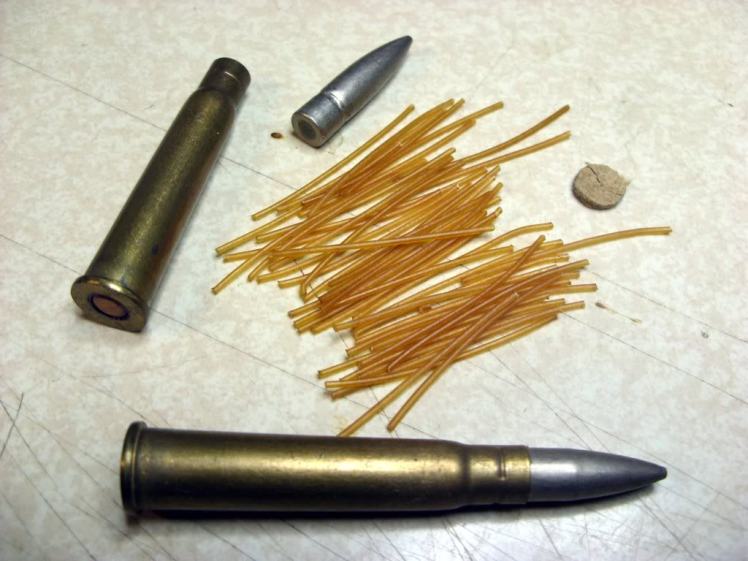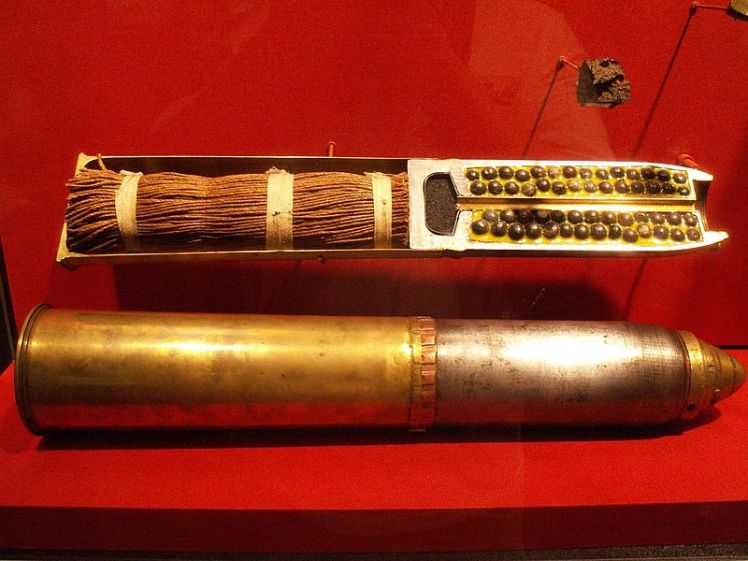“…Lee’s mind conjured up the nearest memory of darkness and gunfire: the dim stairwell in the Petersen’s house, the haze of cordite hanging in the air…” The Remaining: Aftermath by D.J. Molles published 2012
“This happened recently. I can still smell the cordite.” Dialogue from the film Collateral 2004
Let’s clear the air, literally, and address the issue that is commonly seen in books and films. We’ve all seen, read or heard someone making a statement about Cordite.
What is Cordite?
Cordite was a brand name of smokeless powder developed in 1889. It was produced to replace black powder. Cordite gets its name from the way it was produced, in long strands resembling spaghetti often called “corded powder”.
Cordite was in its heyday from 1891 to 1915 when it was used in ammunition produced for the .303 British rifle, the Mark I and Mark II cartridge. Cordite was also used in artillery shells. The last known use of Cordite was in 1945.
Pay attention to that date, 1945.
The smell of Cordite in the air is erroneously mentioned in modern fiction. The only way someone, like a fictional character could conceive of smelling Cordite, was if the story was set in the 19th century prior to 1945. In any other instance, again, inconceivable as it is, that character would be using legacy ammunition in a modern firearm.
Not a good combination and definitely not recommended.
That means there is no possible way that someone using contemporary firearms would have, use, or be able to smell Cordite or would Cordite be hanging in the air.
Think this doesn’t happen? Watch the 2004 Tom Cruise film Collateral. There is a scene, referenced at the start of this post, where police are investigating a shooting and one officer actually makes this statement: “This happened recently. I can still smell the cordite.”
Oh really? That means that the officer in question was old enough to have been in World War I or II and had firsthand experience with Cordite. Pretty unlikely concept.
How easy would it be to find someone using legacy ammunition with today’s criminal science technology? Pretty easy as that ammunition would only be available in certain calibers and in a very limited supply. The user of that type of ammunition would be running the risk of a lot of misfires (hang fire) and bad primers and littering the crime scene with dud rounds that they would have ejected from their weapon.
Modern firearms use gunpowder /propellant. Don’t fall into the trap that a lot of authors already have. Use the terminology that references gunpowder or propellant, not Cordite. What someone would smell in today’s world after a lot of weapons fire would be a combination of warm to hot brass and propellant not Cordite. That gray haze that would be in the air would be from a combination of propellants and gunpowder.
My favorite line that I heard in a television series years back was a character stating: “This is fresh. The Cordite hasn’t oxidized yet.” That is gut busting hysterical as the series was set in a futuristic time and no one used projectile weapons. They all used energy weapons of some kind. That means they somehow used ancient, for that time more likely prehistoric, weapon components for their laser rifles.
Yeah, I can see that happening.
Cordite references should only be used in period pieces set between 1889 and 1945.




LOL! I think I made that same error in one of my novels.
Modern smokeless powders vary chemically to a degree, some are single base others double base. Without going into detail, the main ingredients of modern powders are nitroglycerin and nitrocellulose. Cordite, a stranded form of smokeless “powder” has the main ingredients of nitroglycerin and guncotton (nitrocellulose). Added were 5% petroleum jelly. Using acetone as a solvent it was extruded like spaghetti. I don’t know if cordite had a distinctive smell, it may have, but given the the chemicals aren’t much different, I assume that the smell was similar. Of the modern propellants used in firearms, some do smell differently than others, when fired, but I suppose they would all produce a “cordite like” smell. Similarly, the firing of a black powder firearm produces a “rotten egg” smell, the burning sulfur being responsible for that. The older double rifles that fired cordite ammunition were regulated with that ammo. When cordite ammunition became obsolete resourceful reloaders or handloaders would most often substitute IMR 3031, an extruded Improved Military Rifle powder, as it seemed to replicate the cordite loads. I replicated the performance, perhaps it even smelled the same.
It would be “more incorrect” to say that the smell of gunpowder was in the air. Gunpowder being black powder.
Classic case of an expression or word being technically incorrect, but because it is universally understood as being a fact, it is in considered correct.
Cordite has a nice acetone smell, so unless you have the smell of nail polish remover hanging in the air, there is no cordite.